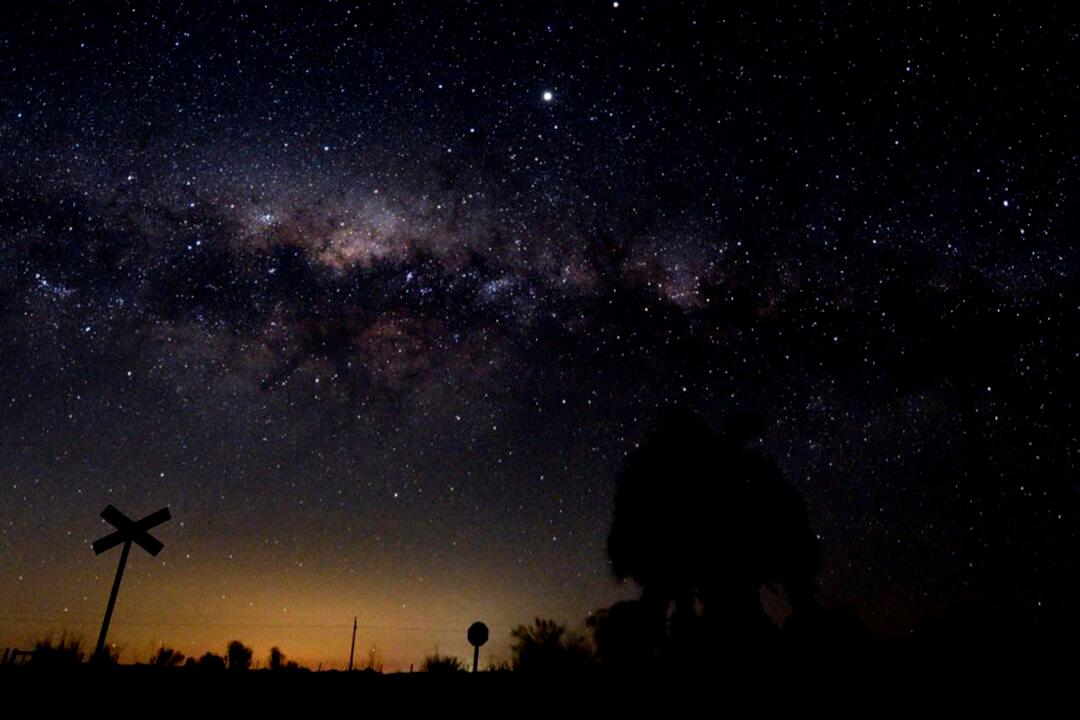Stargazers are set to witness a celestial spectacle on the run-in to Christmas this year, as on Dec. 21, there will be a rare planetary alignment the likes of which has not been seen for nearly 800 years.
On that date, Jupiter and Saturn will line up so perfectly in the night sky that they’ll appear to touch, creating the appearance of what has been described as a “double planet.”






